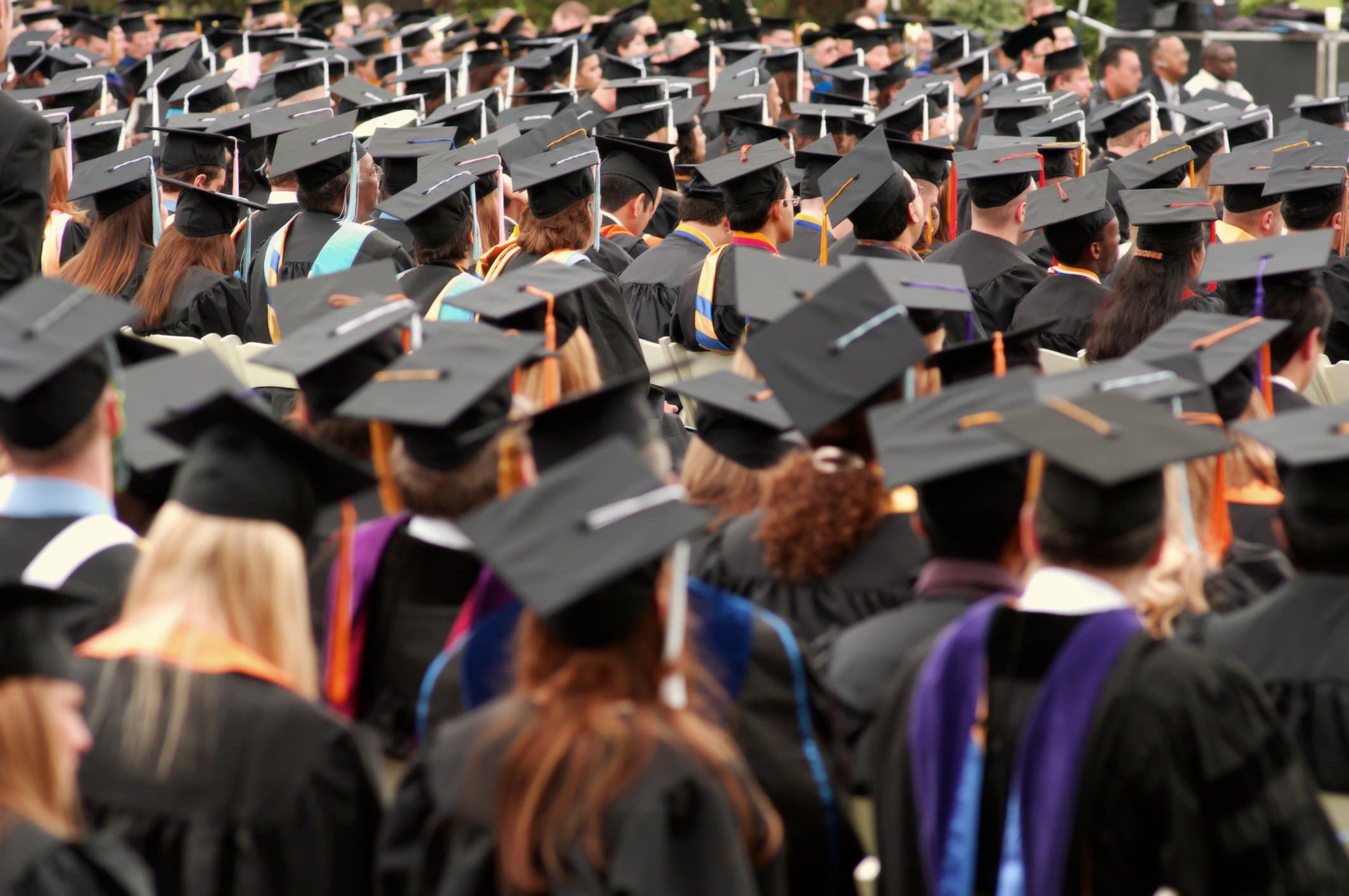
To Transform Students Into Lifelong Donors, Begin Early
For institutions, a student’s ability to succeed post-graduation is important for a variety of reasons: successful alumni are powerful ambassadors for an institution’s brand, and their success reflects positively on the quality of education they received. Post-graduation success should also heighten the possibility that a student becomes a donor after they’ve graduated. Unfortunately, as many institutions know, obtaining post-graduation success does not necessarily mean a student will give back to their school. To improve the chances of students becoming donors after graduation, it’s important for colleges and universities to create a culture of community enrichment while students are still on campus.
Establishing a Symbiotic Relationship Between the Institution and the Student
Institutions that want to cultivate lifelong donors need to emphasize that community membership doesn’t conclude after a student graduates. By establishing mutually beneficial programs, especially those designed to help a student succeed post-graduation, institutions can both strengthen the relationship between a student and their alma mater and strengthen the possibility of that relationship continuing after a student graduates.
For example, while many work-study programs are federally funded, some institutions offer their own programs. These programs provide students additional learning opportunities and help them either earn money or lower their tuition. Institutions like McPherson College in McPherson, Kansas create programs that actively promote post-graduation success by contributing money to a students’ tuition and providing them with financial literacy and resume building workshops. Graduates of this program often return to act as mentors. Programs like these not only demonstrate the impact an institution can have on a student, but they also demonstrate the impact a student can have on the institution.
Creating a Culture of Giving
Becoming a lifelong donor requires a philanthropic spirit. To increase the likelihood of students becoming lifelong donors, institutions could work to instill philanthropic ideals and civic mindedness during students' undergraduate years.
One way to do this is to establish student philanthropy organizations on campus. These organizations can educate students about the benefits of giving, the importance of supporting their alma mater, and how alumni donations have contributed to a student’s educational journey. Actively engaging students in philanthropic activities means that institutions can inspire a lifelong commitment to giving back.
Begin Developing Your Legacies Early
Institutions should take a page out of sports fan culture. A good way to strengthen your alumni network and develop a pipeline of prospective students is to focus on legacy outreach. Consider the role parents have in developing their children’s love of a sports team; institutions can cultivate a similar connection between alumni parents and their children.
Alumni relations and advancement staff can keep abreast of marriages, births, and other important family milestones. Something as simple as sending birthday cards or college-branded milestone gifts can foster a sense of connection to an institution long before a student even enrolls. Children who grow up with an affinity for their parents’ alma mater will be more likely to attend that school themselves and continue the cycle of family involvement.
By establishing a symbiotic relationship between the institution and students, fostering a culture of giving, and developing lasting legacies, institutions can build a strong base of lifelong donors. This not only contributes to the long-term sustainability of the institution but also creates a more meaningful and fulfilling experience for students.
For more tips on how to turn GOLD into gold, download our latest Advancement White Paper, The New GOLD Standard: How to Turn Graduates of the Last Decade Into Lifelong Donors.




